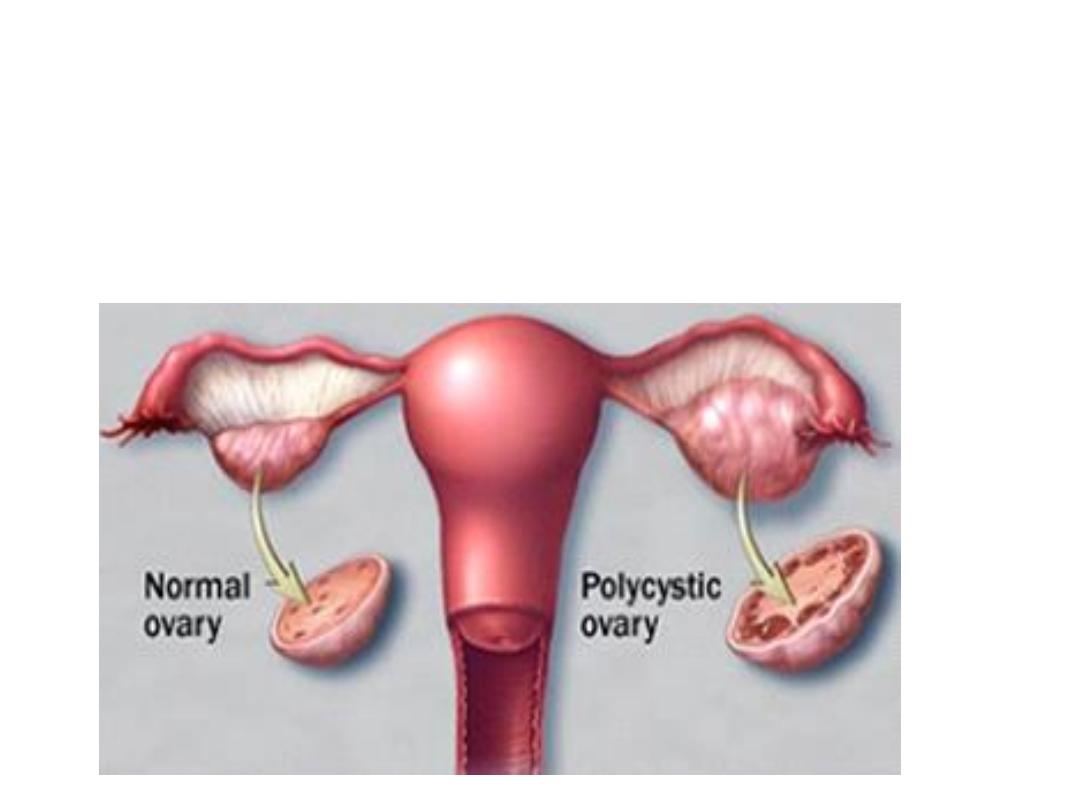
Polycystic Ovary Syndrome

Definition: a syndrome of ovarian dysfunction along with the
cardinal features of hyperandrogenism and
polycystic ovary morphology
Rotterdam consensus 2003 establish the following diagnostic
criteria
• Evidence of hyperandrogenism, biochemical &/or clinical
(hirsutism, acne & male pattern baldness).
• Ovulatory dysfunction; amenorrhoea; oligomenorrhoea
• Morphological polycystic ovaries: PCOM should be on
either ovary, a follicle (2-9mm) number per ovary of > 20
and/or an ovarian volume ≥ 10ml, ensuring no corpora
lutea, cysts or dominant follicles are present
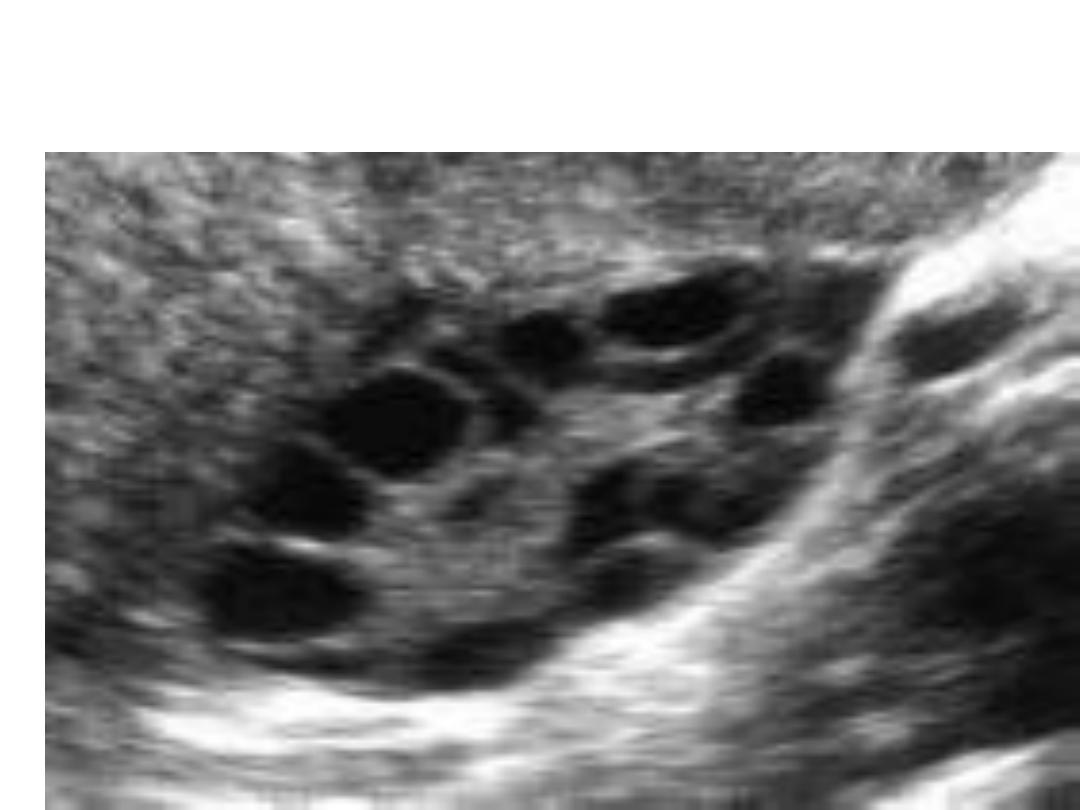

• PCOS is diagnosed in the presence of two out
of the three criteria and in the absence of
other aetiologies (thyroid dysfunction,
congenital adrenal hyperplasia,
hyperprolactinaemia, androgen-secreting
tumours and Cushing syndrome)
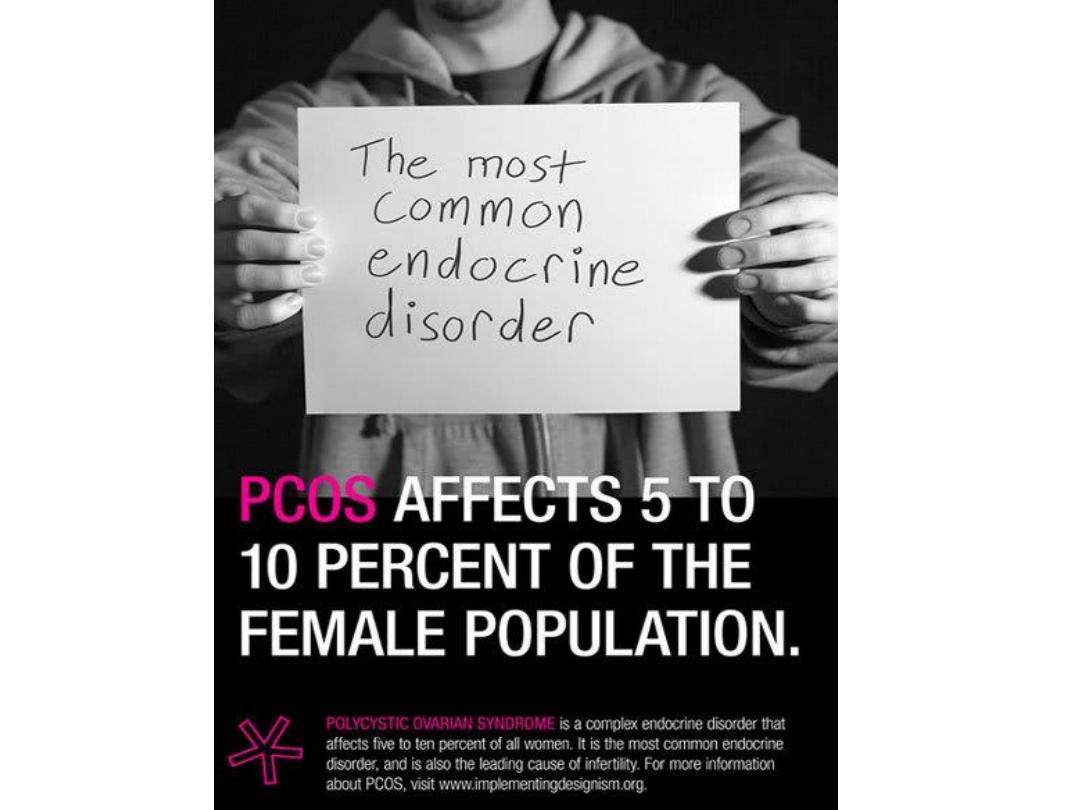

Aetiology:
• Genetic factor: the prevalence in first degree
relatives is 5-6 times higher than in the
general population.

Hormonal factors:
• Hypersecretion of LH
• Hypersecretion of androgens.
• Insulin resistance especially in those with high
BMI. Lead to hyperinsulinaemia
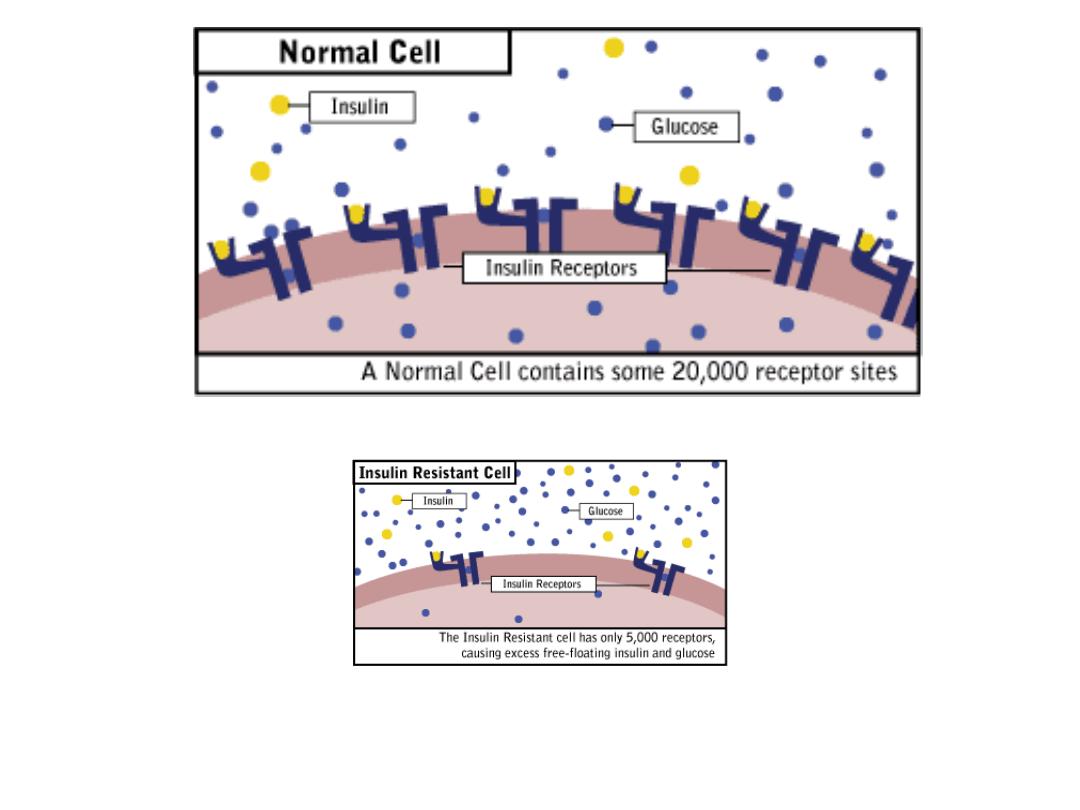
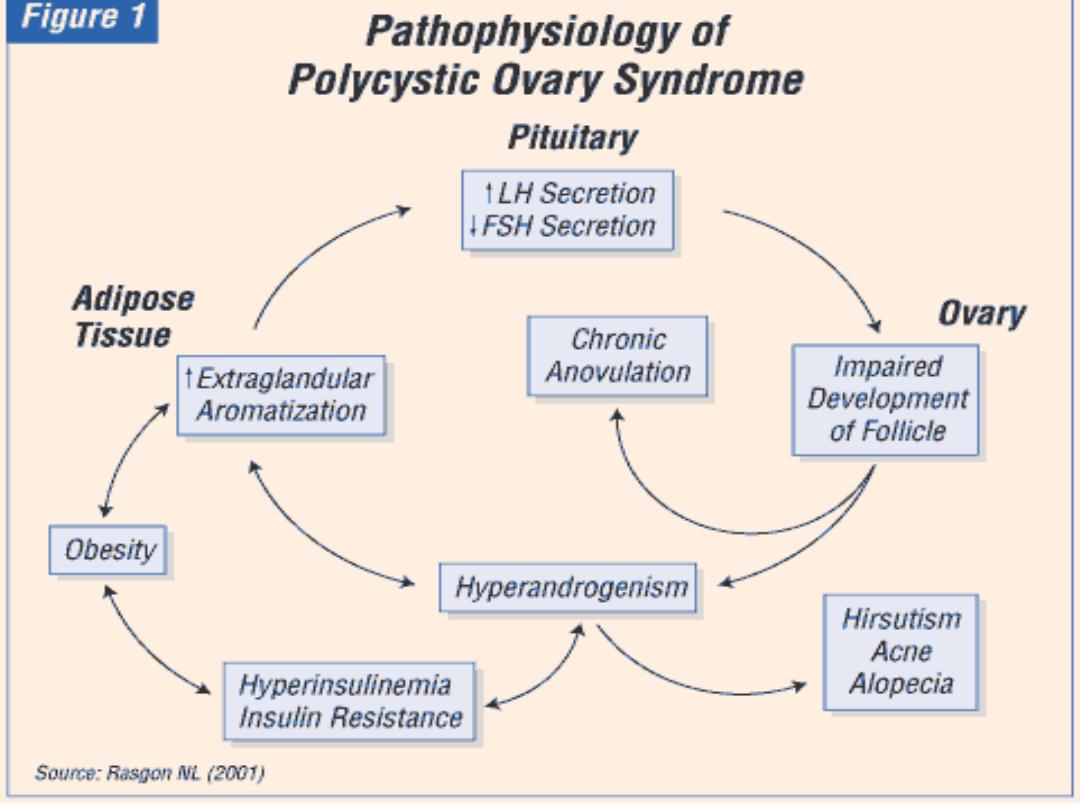
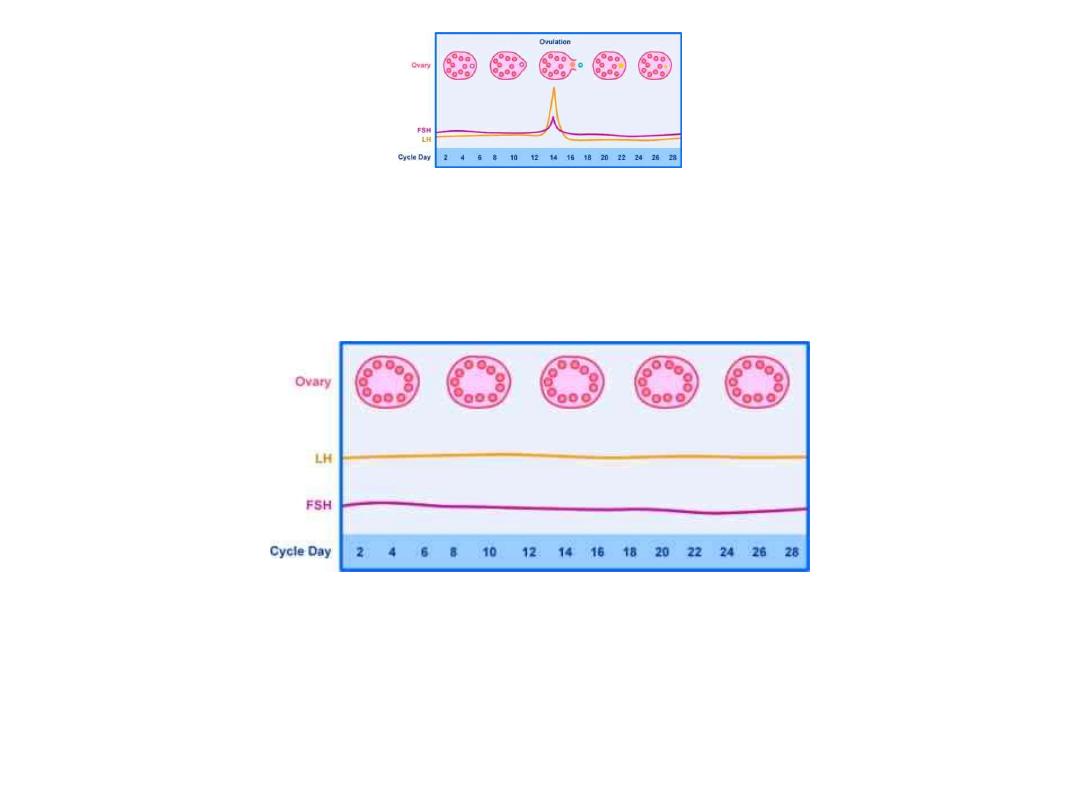

Diagnosis:
Diagnosis of PCOS can only be made when other
aetiologies have been excluded (thyroid
dysfunction, congenital adrenal hyperplasia,
hyperprolactinaemia, androgen-secreting
tumours and Cushing syndrome).
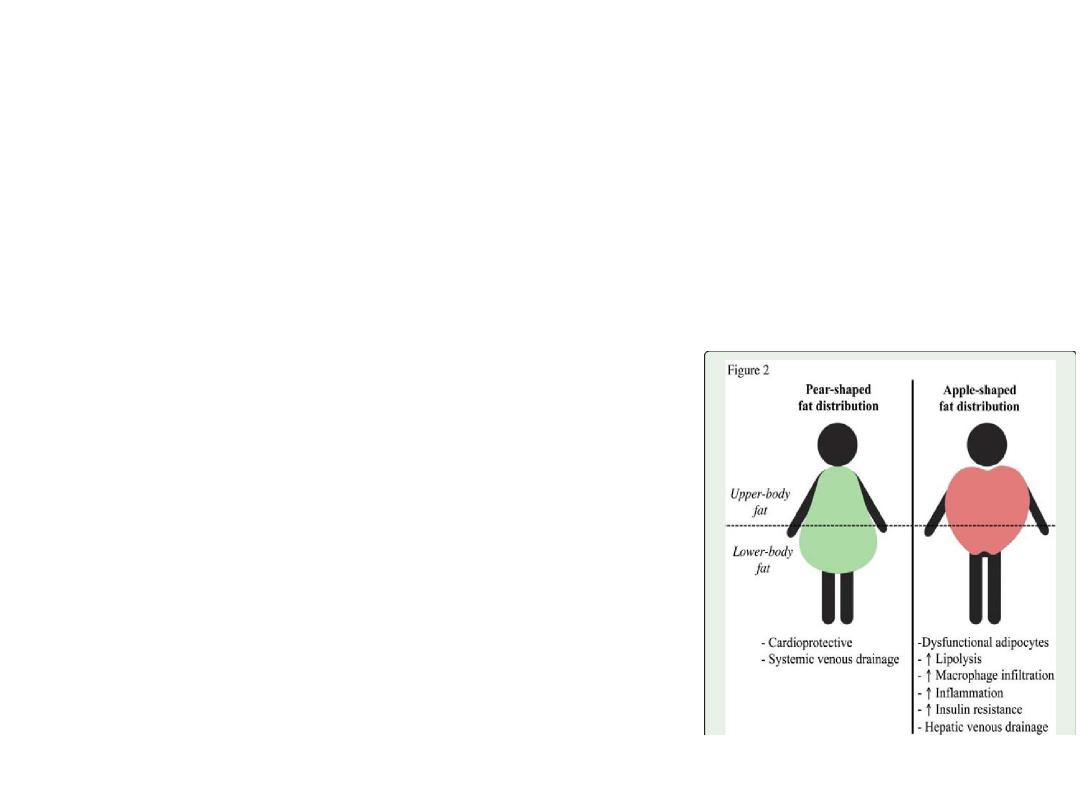
Clinical features:
• Oligomenorrhoea/ amenorrhoea: related to
chronic anovulation.
• Hirsutism: Assessed by Ferriman-Gallwey
hursuitism scoring system
• Subfertility
• Obesity: central fat excess
• Recurrent miscarriage
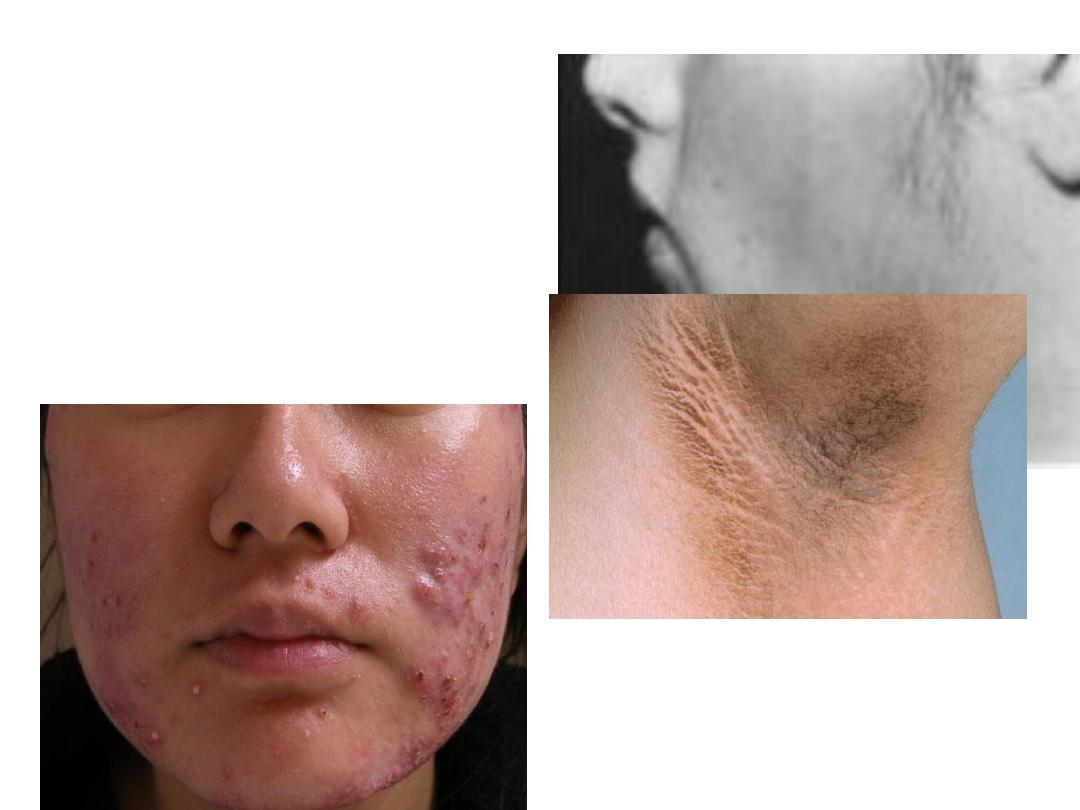
• Acanthosis nigricance: areas of
increased skin pigmentation
occur in axillae & other flexures

Laboratory test:
A raised LH / FSH ratio is no longer a diagnostic
criteria for PCOS owing to its inconsistency
The recommended baseline screening tests are
• thyroid function tests: normal or mild
derangement
• serum prolactin: mild elevation.
• free androgen index (total testosterone divided
by sex hormone binding globulin (SHBG) x 100
to give a calculated free testosterone level)

Long-term health implications of PCOS:
• Increased incidence of multiple pregnancy,
gestational diabetes & pregnancy-induced
hypertension.
• Increased incidence of type II diabetes mellitus,
hypertension & hyperlipidaemia due to insulin
resistance & hyperandrogenism respectively and
thus increased risk of cardiovascular disease.
• Increased incidence of endometrial hyperplasia &
endometrial carcinoma due to unopposed estrogen
stimulation.

• Overweight and obese women with PCOS, regardless of
age, should have a fasting lipid profile (cholesterol, low
density lipoprotein cholesterol, high density lipoprotein
cholesterol and triglyceride level at diagnosis).
• An oral glucose tolerance test (OGTT), fasting plasma
glucose or HbA1c should be performed to assess
glycaemic status.
• A 75-g OGTT should be offered in all women with PCOS
preconception when planning pregnancy or seeking
fertility treatment.
• If not performed preconception, an OGTT should be
offered at < 20 weeks gestation, and all women with PCOS
should be offered the test at 24-28 weeks gestation.

Treatment:
Obesity:
Change in lifestyle with altered diet & exercise might
be effective.
• use of insulin-sensitising agents (metformin) in
patients with insulin resistance.
• Use of weight-reduction drugs may be helpful in
reducing insulin resistance through weight loss.
Example: Orlistat

Oligomenorrhoea/amenorrhoea:
because of chronic anovulation there is increased
risk of endometrial cancer
cyclical progesterone is useful to induce
withdrawal bleeds & to protect the
endometrium.
Alternatively for those who do not want to
conceive oral contraceptive pills can be used.

Infertility:
• Weight loss : improve both spontaneous & drug induced
ovulation.
• Clomiphene citrate: anti-estrogen used for ovulation
induction by blocking estrogen receptors with a
resultant increase in endogenous FSH production.
used for six months only.
Recently letrozole become superior to clomiphene citrate
for ovulation induction by oral agents in PCOS patients
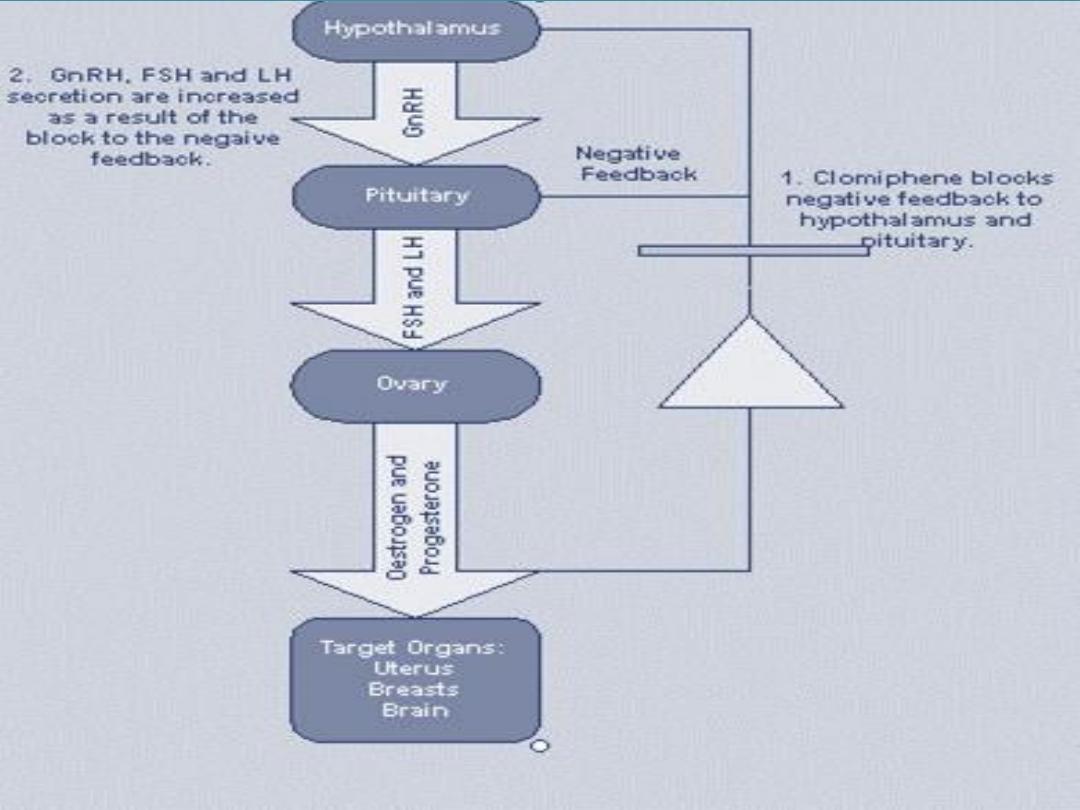

• Metformin: biguanide inhibit the production
of hepatic glucose & enhances the sensitivity
of peripheral tissues to insulin, thereby
reducing insulin secretion.
Metformin may also improve menstrual
regularity & improve ovarian response to
clomiphene.

• Gonadotrophin therapy:
recombinant FSH &
human menopausal gonadotrophin
Because the PCO is very sensitive to exogenous
hormones, there is increased risk of developing
ovarian hyperstimulation syndrome (OHSS).
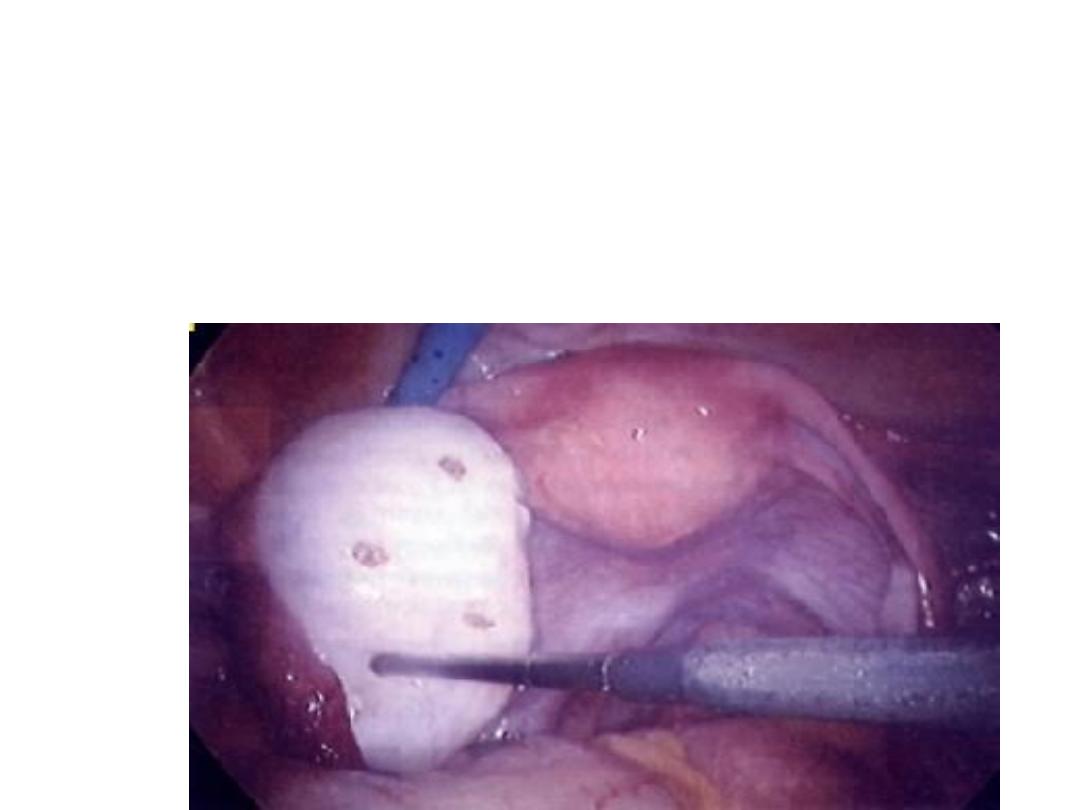
• Laparoscopic ovarian drilling: with either
diathermy or laser, lead to normalization of
LH level with increasing ovulation &
pregnancy rates.

Hirsuitism:
The aim of treatment is to reduce the androgen
level, increase sex hormone-binding globulin
or reduce the activity of 5α-reductase enzyme
at the level of the hair follicle.
• Oral contraceptive pills
• Cyproteron acetate
• Eflornithine cream
• Spironolactone
• Finasteride
• Physical methods of hair removal
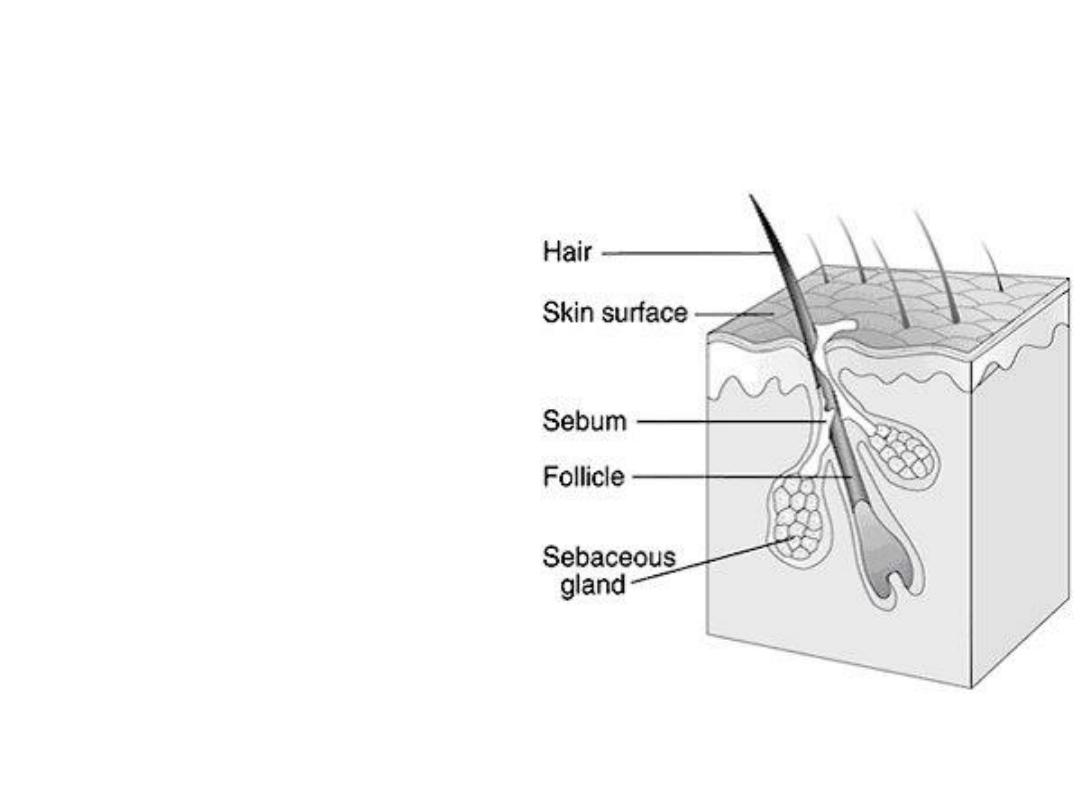
Acne:
chronic inflammation of
pilosebaceous unit.
Pathophysiology
Acne can be treated with
keratolytic agents,
antimicrobials & anti-
androgenic drugs.
